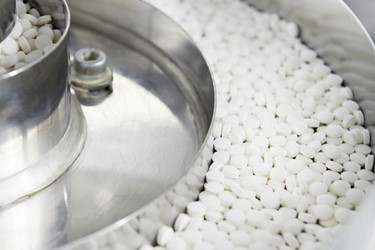Continuous Drug Product Quality By Design (QbD) Modeling

During the manufacture of pharmaceuticals, it is critically important to maintain certain process parameters to ensure the batch meets stringent quality requirements. Critical parameters (such as temperature or agitation) have a required range. The batch will fail if the batch was not in range on each measure, causing millions of dollars of rework and lost revenue.
Now, a new approach enables drug makers to change the definition of the process parameters that define a quality batch. The Quality by Design (QbD) approach considers multiple variables and their interactions. This utilizes experimental models to broaden the range of a single variable if all other parameters are within range. For example, a temperature deviation of five degrees might be acceptable for quality purposes if the other variables are within specified ranges.
QbD is an improvement because it expands the process design space to reduce the number of major or critical deviations, which can run into the tens of thousands of dollars for major pharmaceutical companies.
Learn more about a solution that allowed them to analyze a continuous pharmaceutical drug product wet granulation step with a Design of Experiments (DOE) to determine a multivariate QbD process model. The goal was to apply the multivariate design space to commercial production for process monitoring and identification of deviations.
Get unlimited access to:
Enter your credentials below to log in. Not yet a member of Pharmaceutical Online? Subscribe today.
